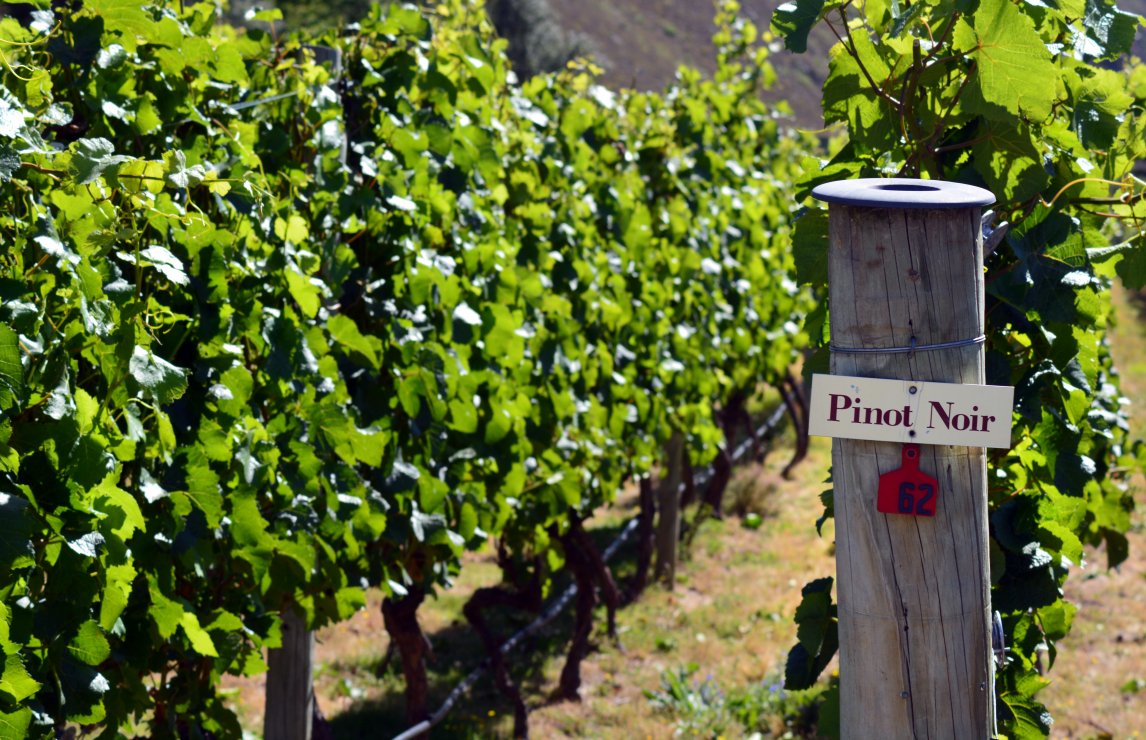Given it’s Germany, wouldn’t it be too cold to grow the grape there?’ – A constant eyebrow-raising bewilderment is received upon learning that Germany also produces red wines. A picture of steep-sloped river-facing, sunbathing Riesling bunches in lush green vineyards of Mosel strikes the brainwork when one draws illustrations of the Deutsch countryside. To cross pass that portrait to even allow the thought of sites and weather producing polished reds is quite unsettling for some. However, Spätburgunder, local synonym to reds here, has existed in their vineyards from the turn of 20th Century and it is only in the past three decades that it has gathered its share of commendation.
Spätburgunder is believed to be Burgundian Pinot Noir’s late-ripening (spät) cousin who backpacked his way to the other side of the border. It’s true that the early examples of its wines were, pale, thin, and intimidating sweet-sour, however, be it to the graciousness of global warming’s heat, persistence of the German winemakers, influx of French technology post Berlin Wall falling, or pure development of experimentative palates, the grape is now on a constant manifold growth. It has drawn exceeding attention since then, and today experts and academicians claim that German Pinots are wine-world’s best guarded secret. And justifying that is the fact that its production is more than that of Australia and New Zealand, put together!!
Pinot-lovers are split between the two hemispheres; one inclined towards the finesse-laden, delicate oak-lined Burgundies, while others prefer the refreshing, fruit-forward, personality-driven, vibrant New Zealanders. Somewhere midway finding its identity is the German avatar which is described as fuller-bodied, deep red, with dark-fruity character. While some do talk critically about its tannic grip from long skin maceration and barrel maturation, others wittily write it off calling it the ‘German touch’.
Lately, I drew a sip of an enticing Spätburgunder from the house of Bernhard Huber, who, I later realised, is a pioneer in German Pinot production. Located in Baden, the fruit for their Scholssberg range arrives from what is regarded as the best vineyard in the region and thus labelled as ‘Grosses Gewachs’, representing the pinnacle of the German Quality Wine pyramid. The 2008 vintage displayed a youthful ruby shade. It was a light bodied, structured, and well-ripened wine, with concentrated flavours of red cherries, strawberries, pomegranate, rhubarb, violet perfume, hint of minty freshness, finishing with a sweet oaky lift of baking spices like cinnamon, nutmeg, and cloves. Tannins were supple and minerality-driven acidity was quite surreal. With appreciable balance and playful genre it comfortably qualifies for patient decade-long maturation. It can be savoured with delicate white meat dishes, Salmon preparations, and even some mildly spiced Indian curries and kebabs.
Germans have proven their mettle in disciplines they’ve selected, be it with their cars, engineering, beers, or defence technology. Their Rieslings are undoubtedly most respected in the connoisseur realms. Though it’ll be prejudicial to approach their Spätburgunders with a pre-emptive comparison yet they’re gradually reaching a competitive point sitting next to top Burgundian, Oregon, and New Zealander drops in blind-tastings worldwide. Only a matter of time when they’ll be rated highly on our local wine lists too. Till then, to the respectful Späts of Rudolf Früst and Bernhard Huber, we raise a toast. Jubel!!

